It’s easy to wonder why Square Enix would go to such great effort to remake one of the oldest Dragon Quest titles. After all, the HD-2D engine they’ve applied to Dragon Quest III would have made the SNES trilogy positively sparkle, and those titles are far more renowned for their narrative depth and complexity than anything that was released on the NES.
But that would be doing Dragon Quest III a disservice and overlooking the monumental impact that this game had. This is very much a game that deserves the remake treatment.
Dragon Quest III begins with a scene in which you speak to a heavenly entity and answer a series of questions. Your answers determine your protagonist’s “personality,” which affects how their stats develop. At the time, this was an enormously innovative way to establish your character and created a more effective way of connecting you, the player, to the avatar, as it now reflected your own personality rather than an arbitrary decision or abstract spreadsheet math.
That sequence is primitive by today’s standards, but back then, it set up something special. Dragon Quest III was more non-linear (almost open-world, really), more complex, and more playable than any other JRPG released on the NES. You would form a party with three other characters, with total freedom to recruit from a wide range of “jobs” and leave characters in a tavern, allowing you to swap them in and out at will.
The point is, with this slick new art style, Dragon Quest III doesn’t really feel that old to play. It does everything you’d expect a Dragon Quest title to do with the narrative. Characters all have unique dialects and accents, making conversations in each new town rewarding. Thanks to a new map and marker system, you’re not likely to get lost as you might have with the NES original due to the world’s openness and the sometimes vague way the game guides you to the next objective. Sure, it doesn’t have the depth of later narratives, but this is classic Dragon Quest, polished to its brightest possible sheen.
The main quest in Dragon Quest III involves searching for a couple of keys that open doors to much larger parts of the world. Then, you need to find a ship, travel to an island inhabited by a demon lord, and kill the monster. Without giving away spoilers, there’s much more that happens after you reach this island, setting up rich lore that Dragon Quest I and II explore further.
Yes, that’s correct: the reason Dragon Quest I and II are also getting HD-2D remakes after this one is because, chronologically, this one actually comes first. Playing this game first allows you to appreciate the lore, legendary characters, and powerful artifacts that play essential roles in the later two games if you’re new to this trilogy.
Additionally, while the overarching plot of Dragon Quest III might seem generic by today’s standards, the subplots you encounter along the way are another matter. They’re simple, but they’re also so effective. You’ll understand when you come across the tragic love story that you’re tasked to “un-tragic,” made complicated by the presence of incredibly racist fairies, or the village with inhabitants who change remarkably by day or night—yes, Dragon Quest III has a day-night mechanic woven beautifully into the plot. By the time you reach the end of Dragon Quest III, you’ll realise that very little has actually changed in the series since this game set the standard, and this is why Yuji Horii is on record saying that it was with this title that the development team perfected the Dragon Quest formula.
When you’re not enjoying the various narrative beats and adventures, the combat system is classic and engaging. It’s all turn-based, and each character has unique abilities thanks to their job classes. All the Dragon Quest staples are here. My personal favorite is the boomerang, which becomes indispensable because, while it doesn’t deal massive damage to a single enemy, it hits every enemy on the field, making it critical for crowd control. Your favorite spells are here too, performing just as you remember. The combat system is elevated by dynamic camera angles and gorgeous enemy sprites, all enhanced by the HD-2D makeover. This makes it feel fresh and modern, even if the underlying mechanics are still the same thing you remember from decades ago.
I’ve been playing the GBC version of Dragon Quest III alongside this remake, and it’s truly impressive how much life the art breathes into the experience. The colors are exquisite, the light from the day-night cycle makes every location feel alive, and suddenly every nook and cranny is worth exploring all over again. Mechanically and narratively, the game remains the same as it always was, with only minor quality-of-life improvements like quest markers. Yet it feels quite different to play. The HD-2D engine is so exciting for its potential to revitalise many classic games with relative efficiency compared to full-on 3D remakes.
Dragon Quest III was a pioneer and was very far ahead of its time. The first Final Fantasy had only been released shortly before this game, yet in terms of storytelling, worldbuilding, and themes, Dragon Quest III was much more sophisticated than Square’s inaugural title. The HD-2D engine is just the cherry on top. Thanks to that, this is one of the best retro remakes I’ve ever played.
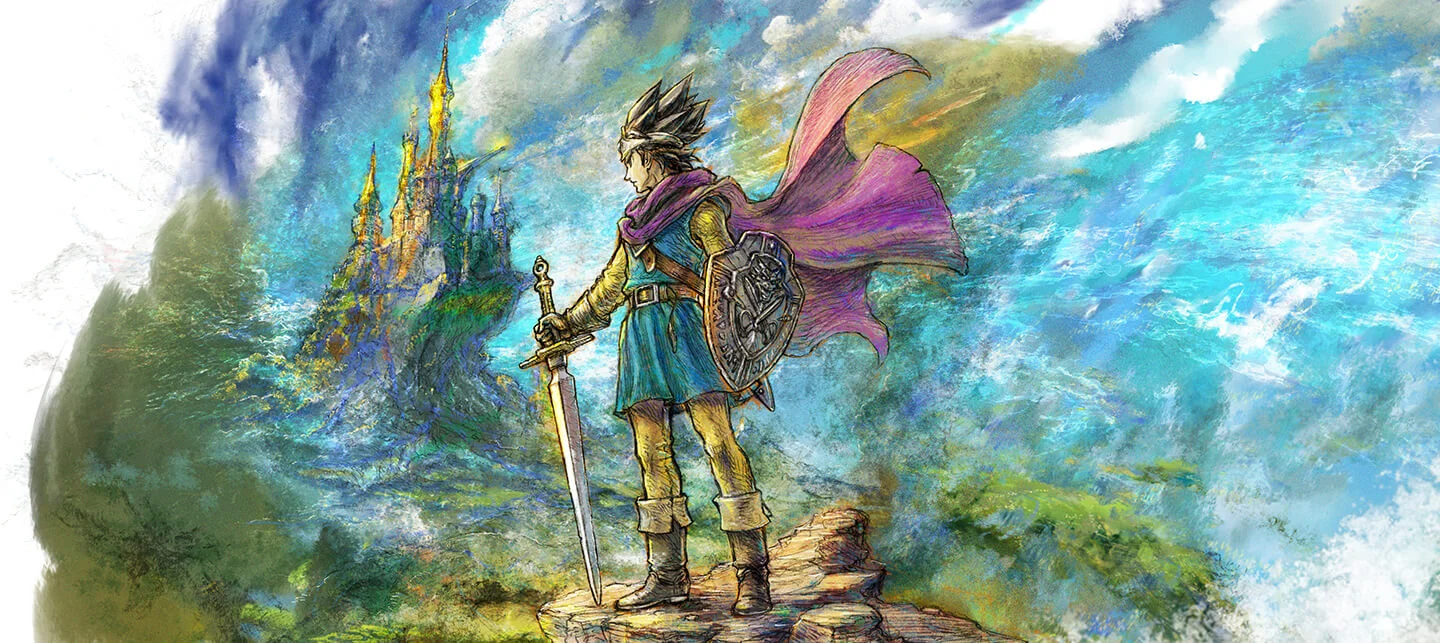


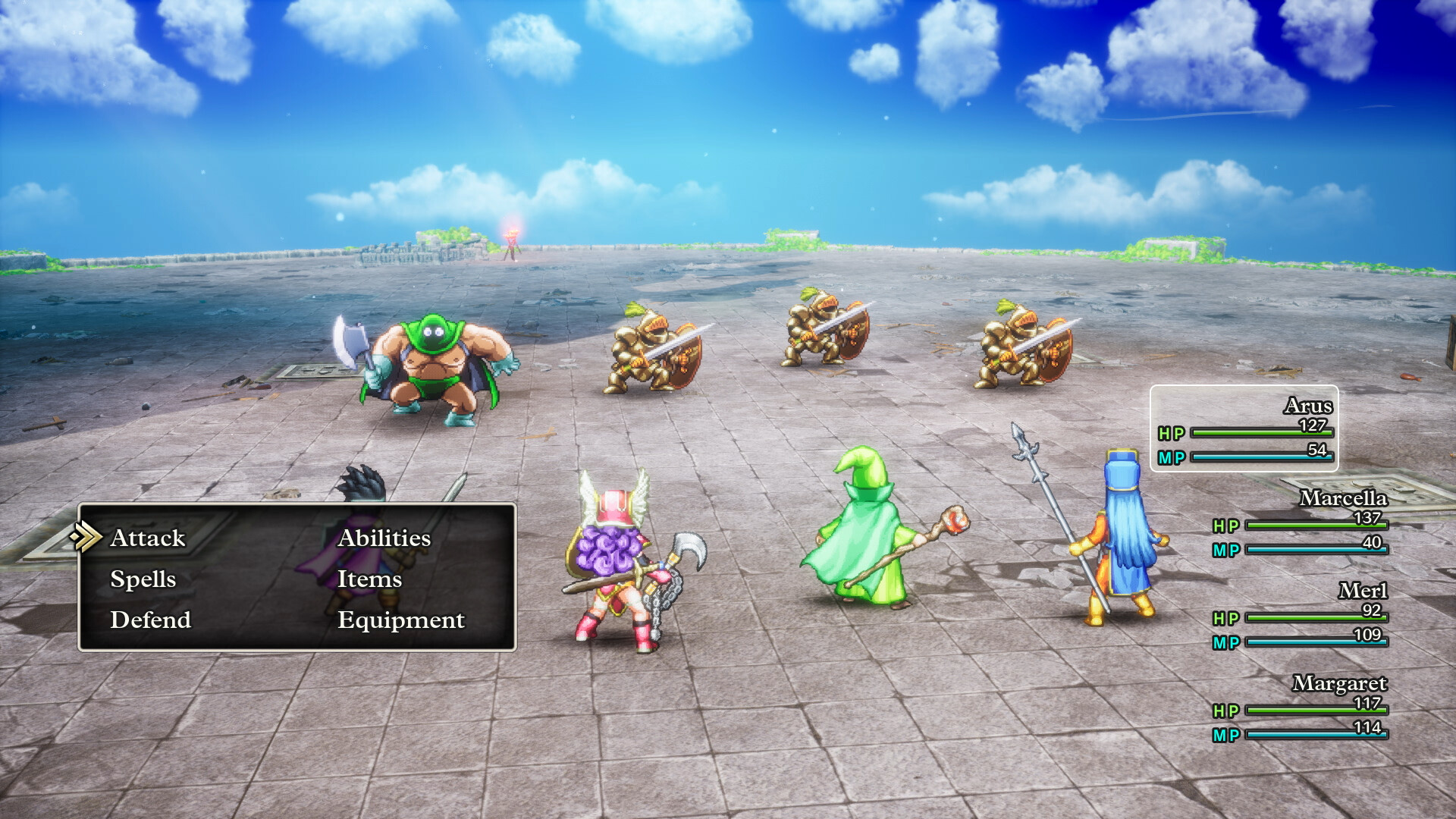
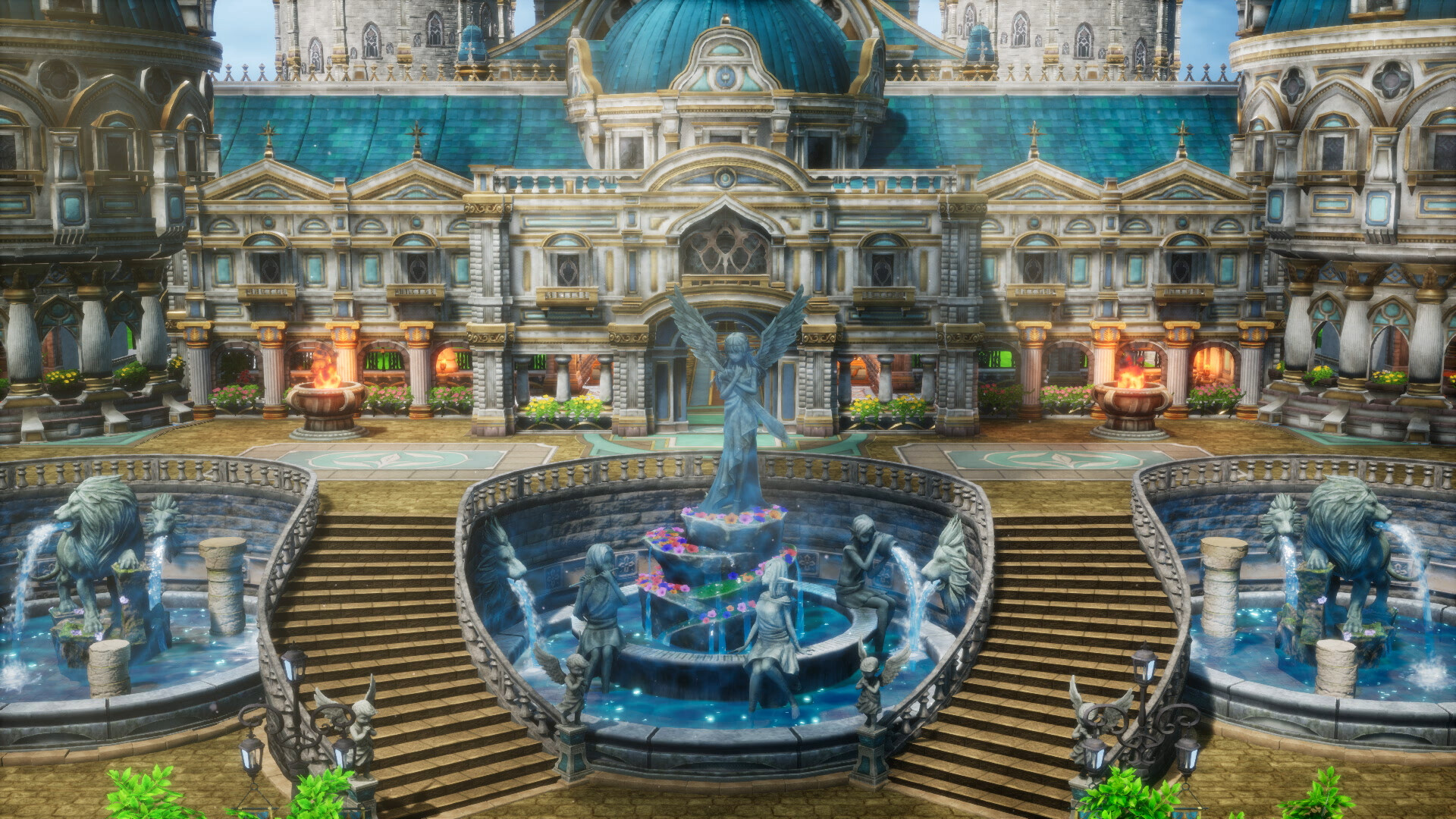

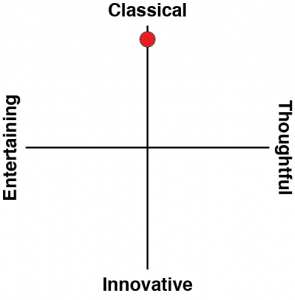

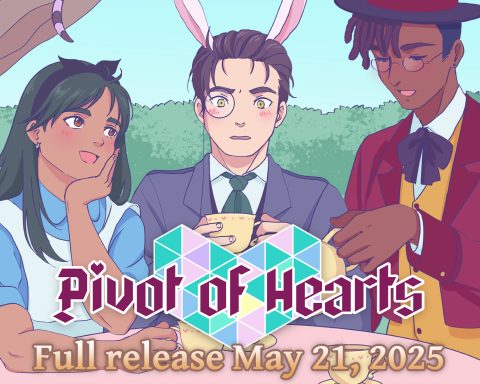
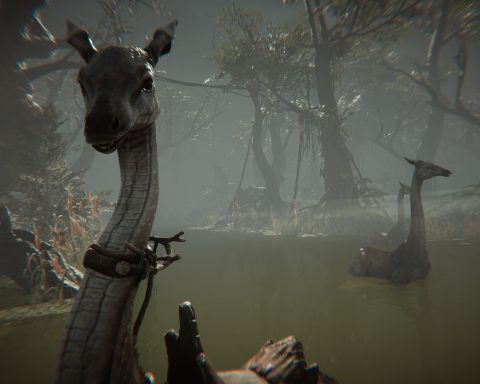

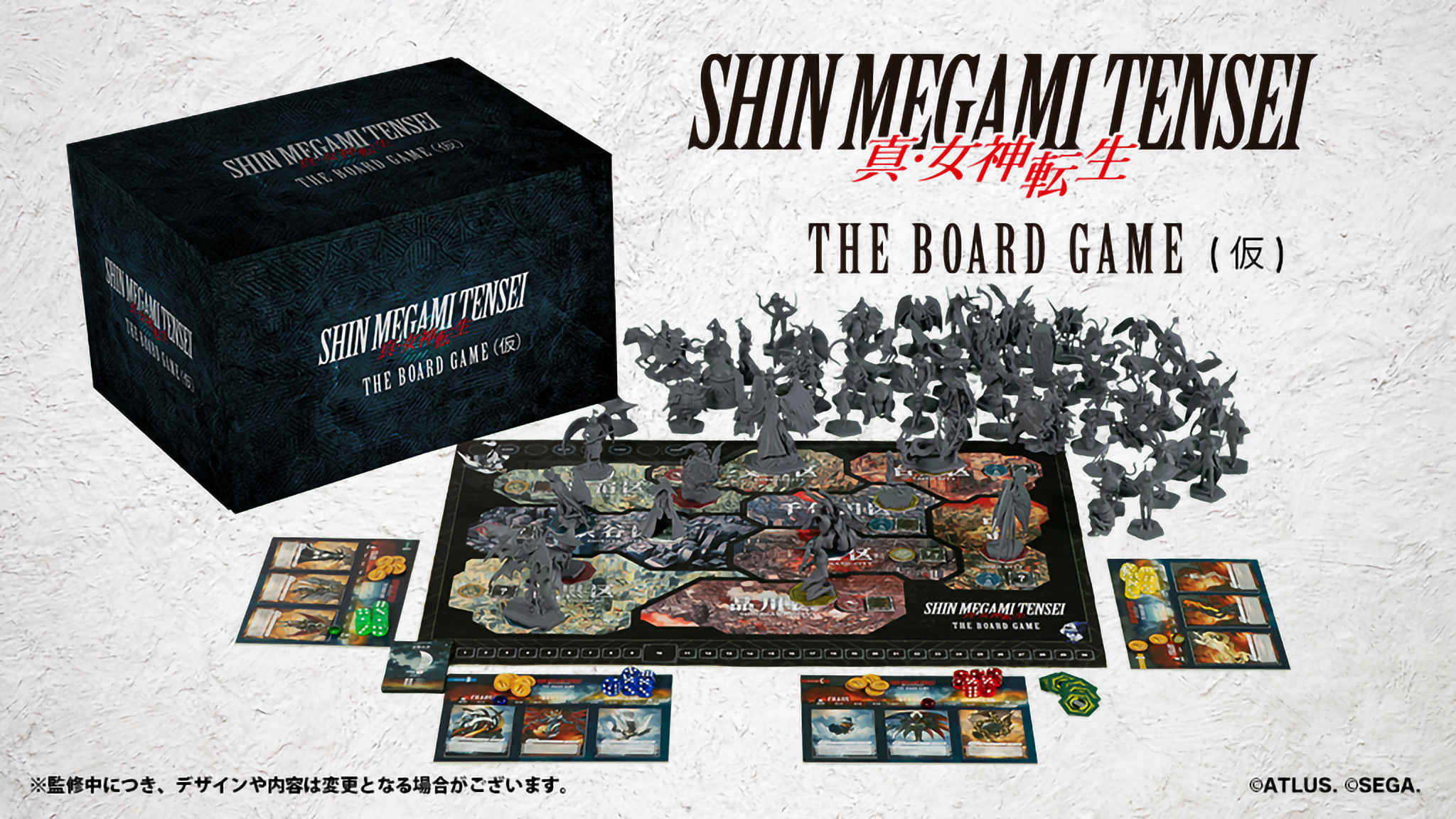
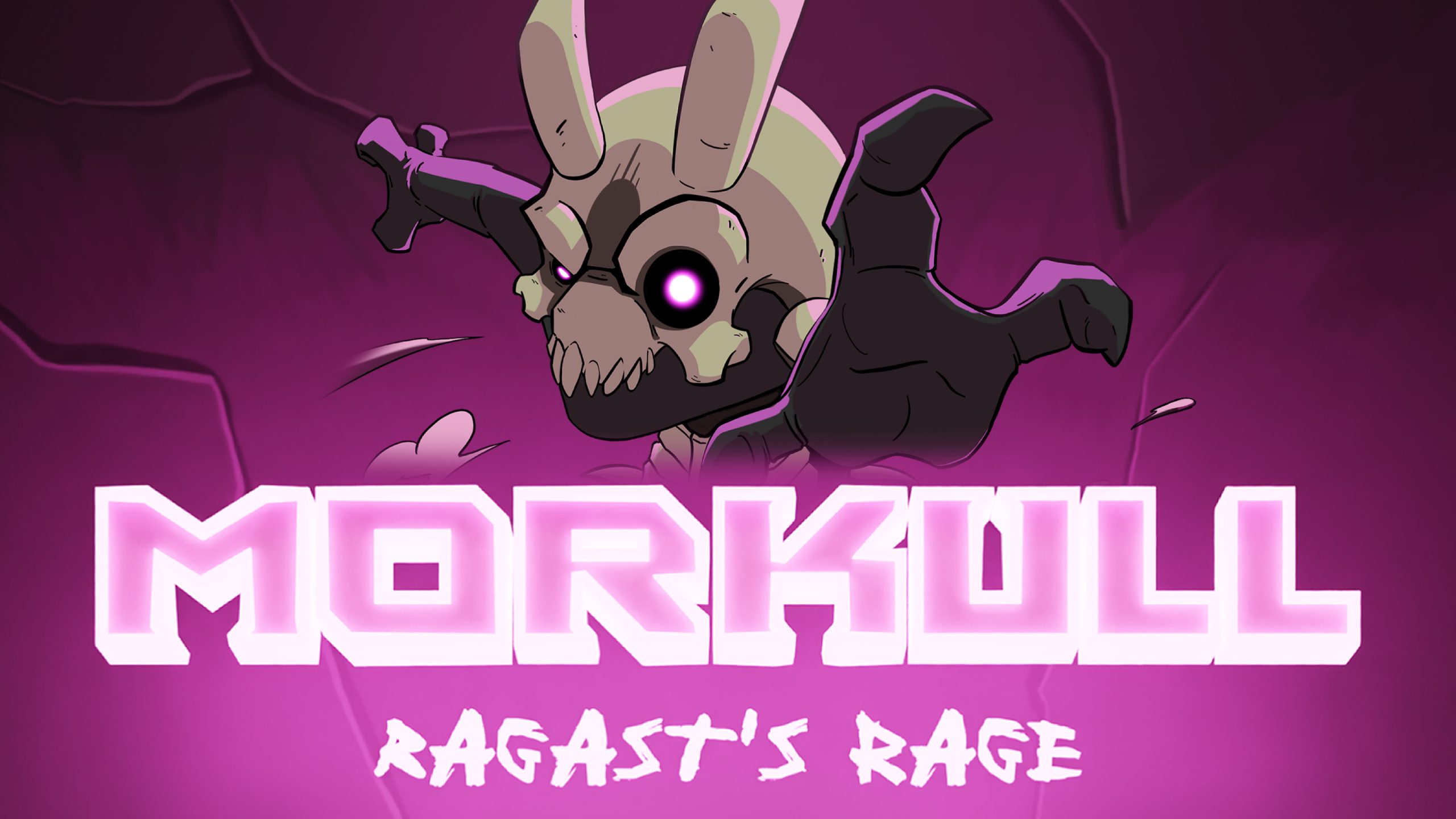
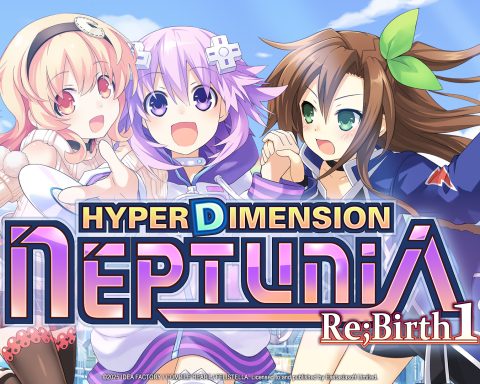
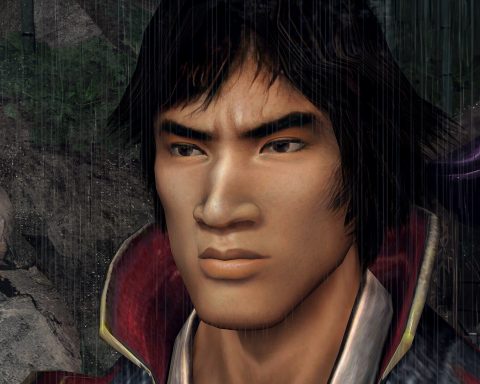
What a bloody clown you are…🤣
Oh no. I liked a video game. Can’t have that. The gamer has said so.